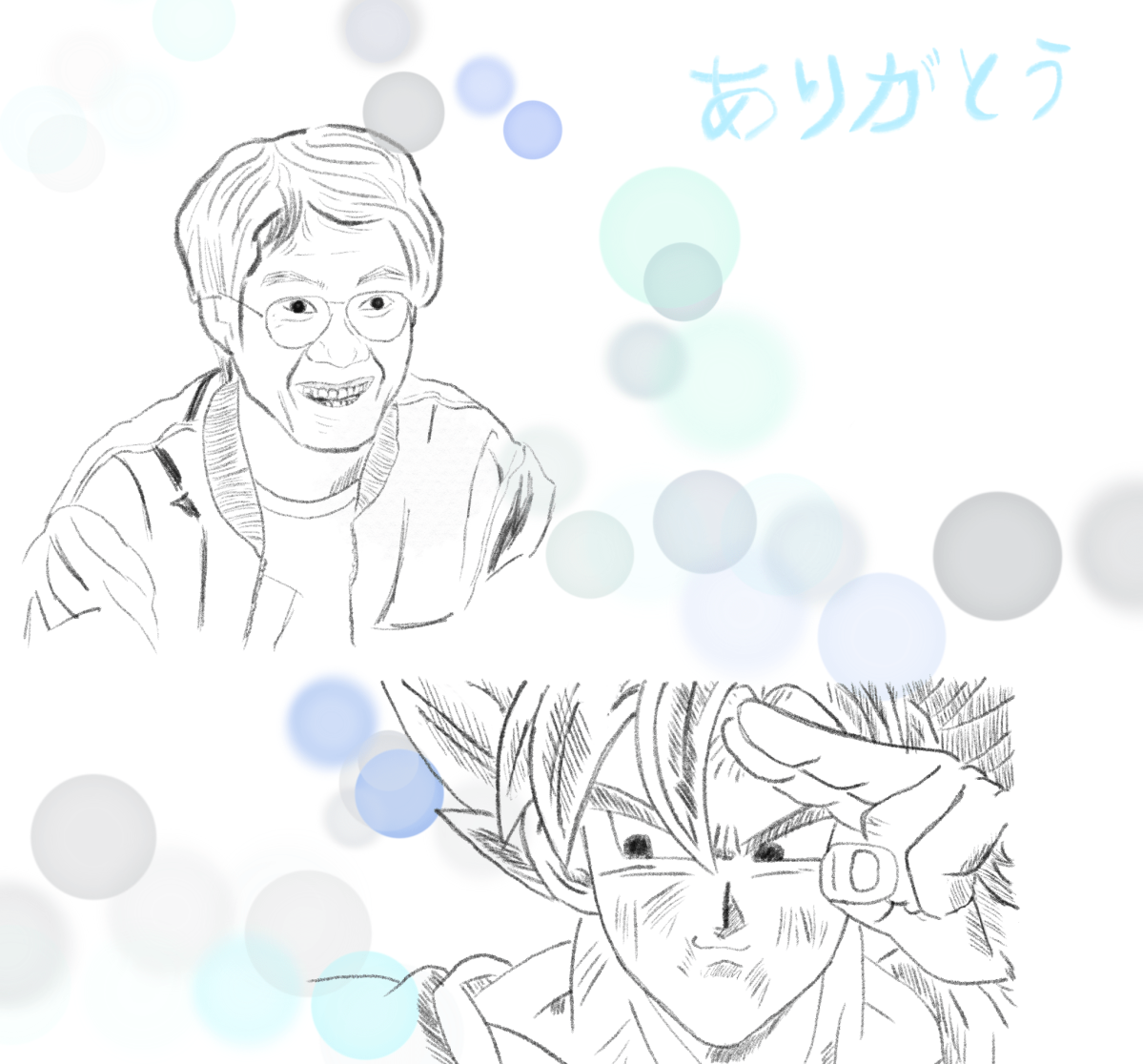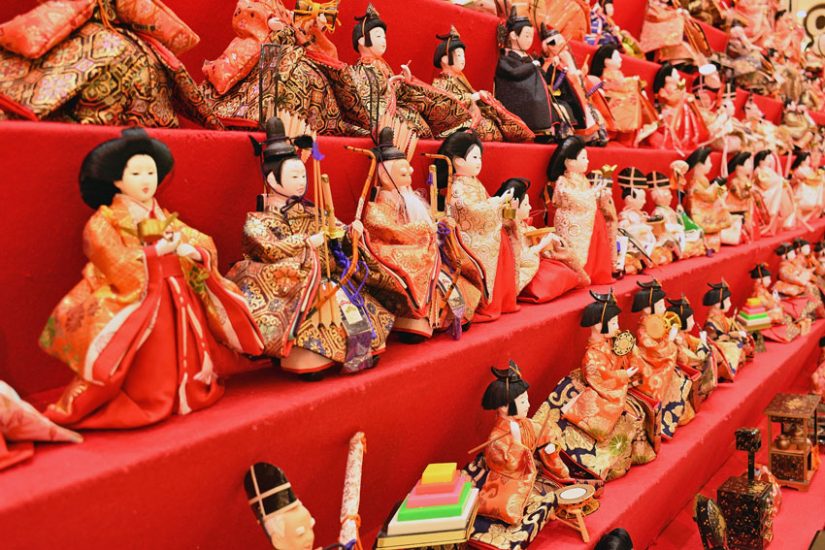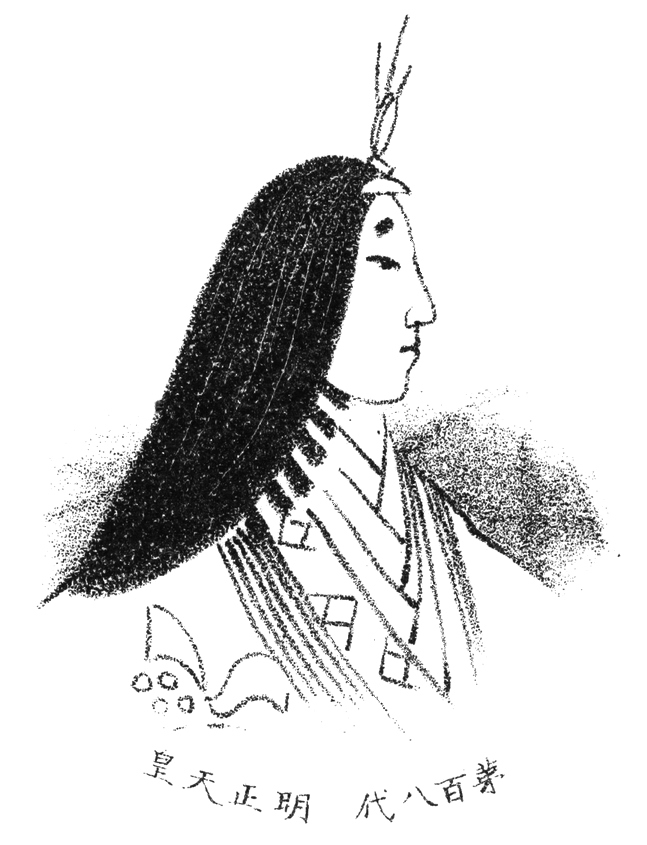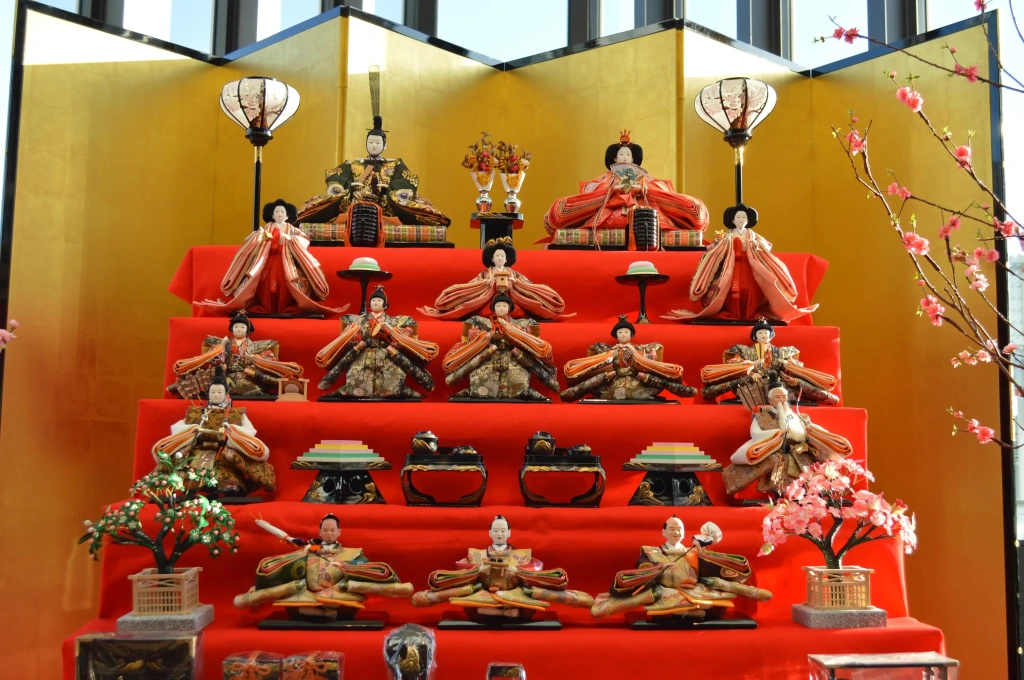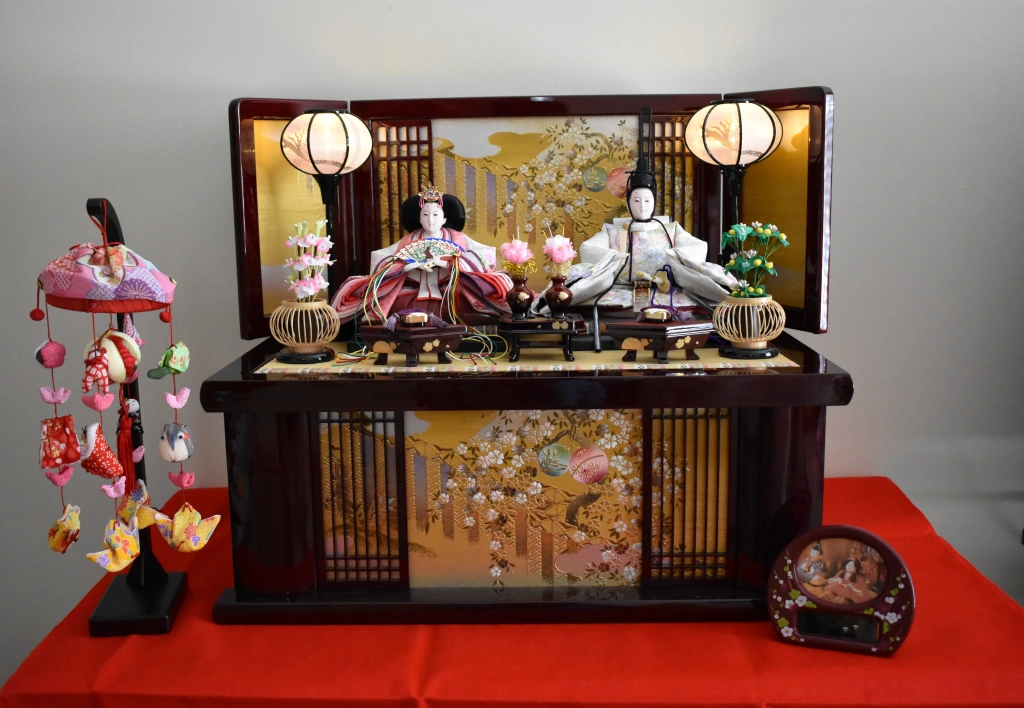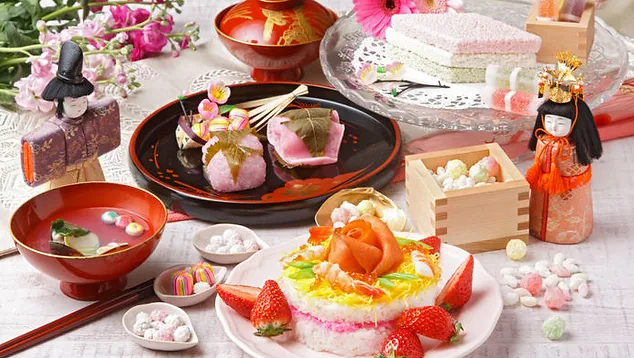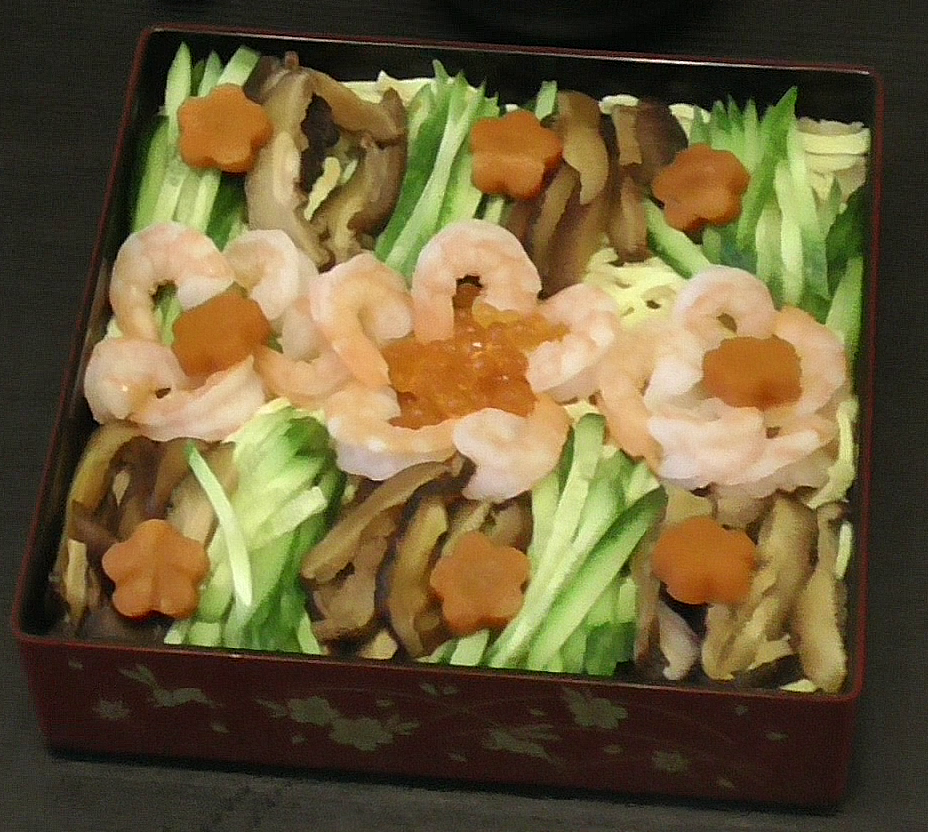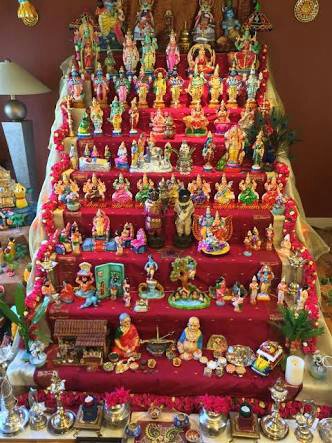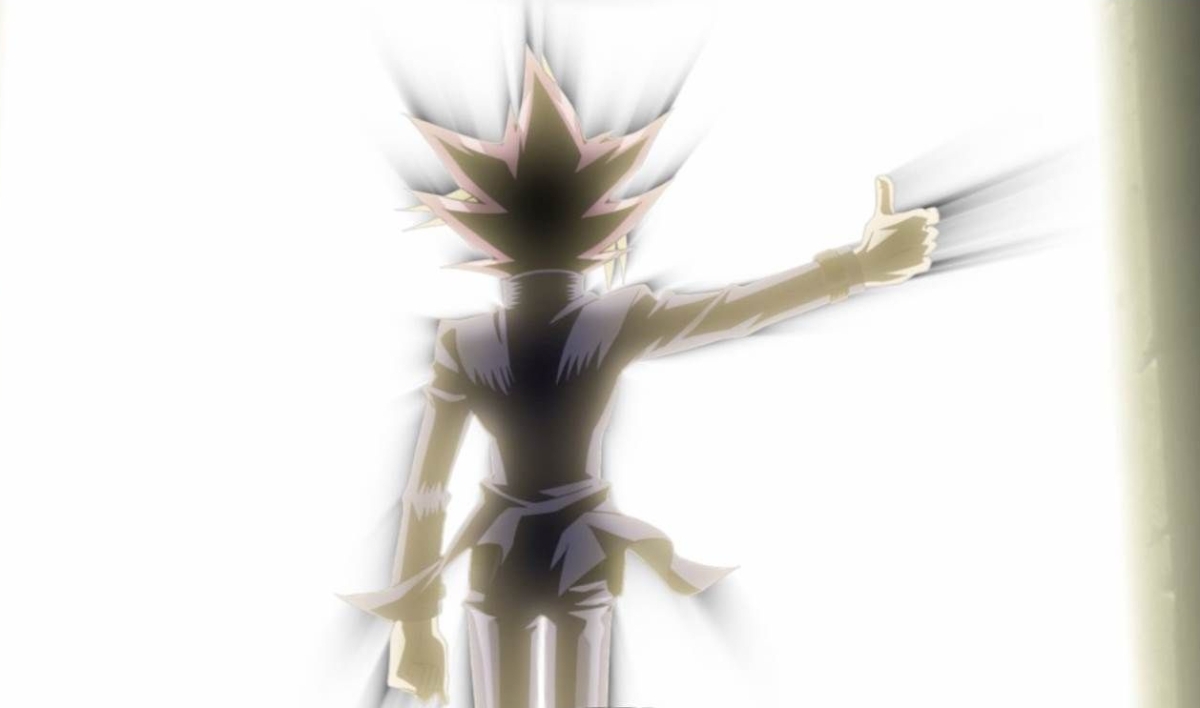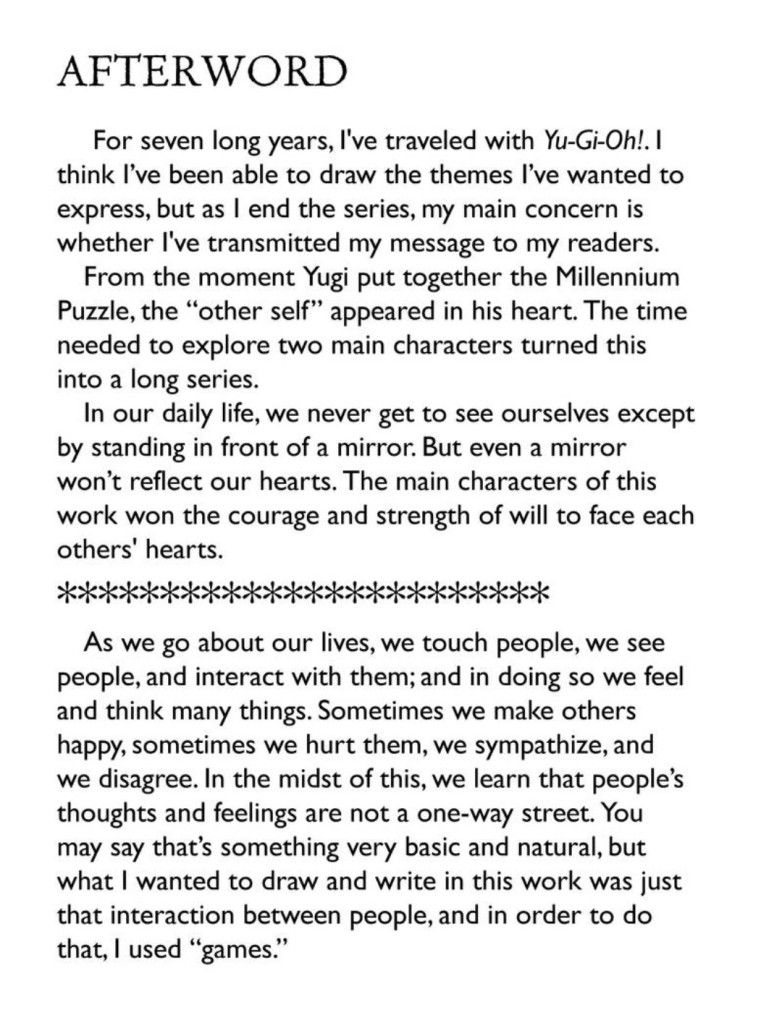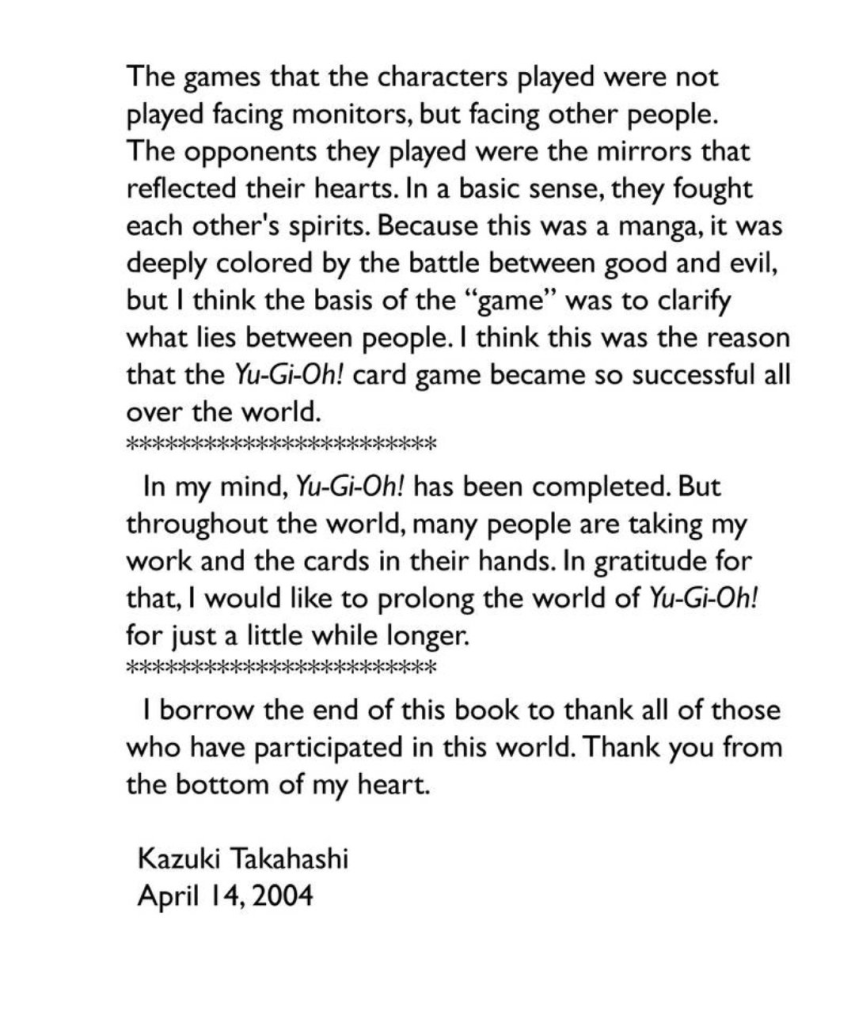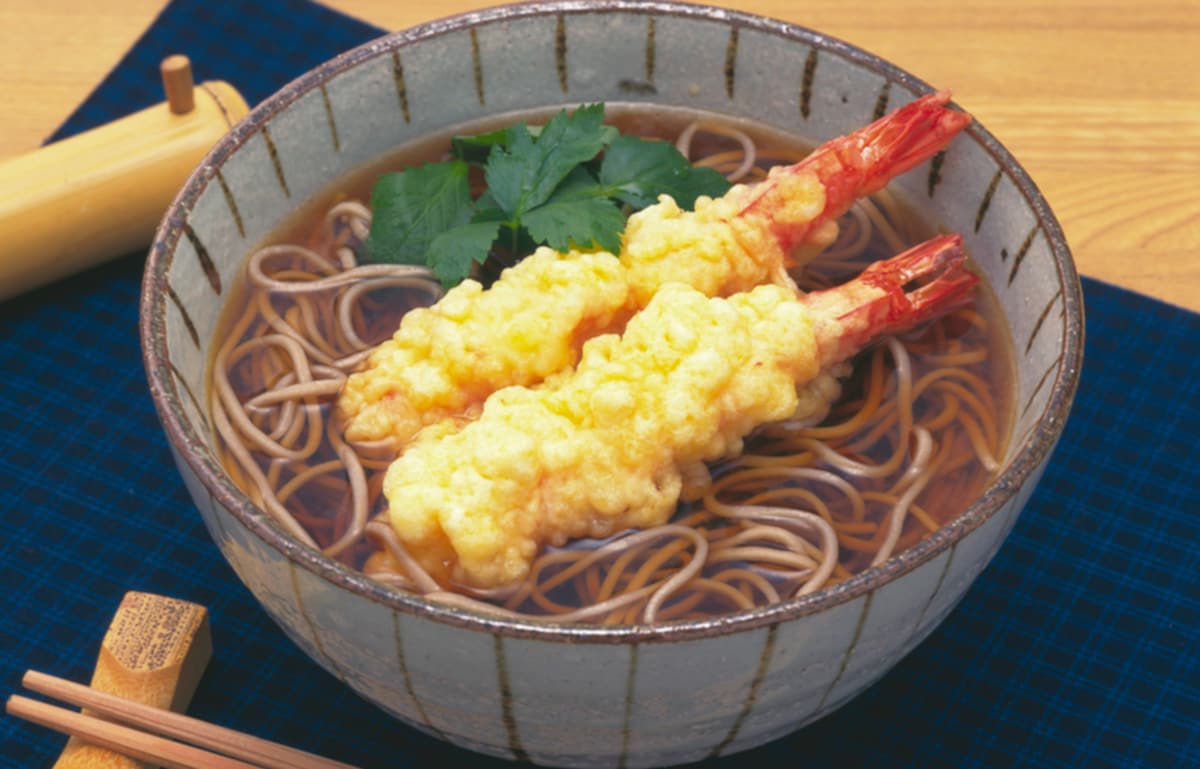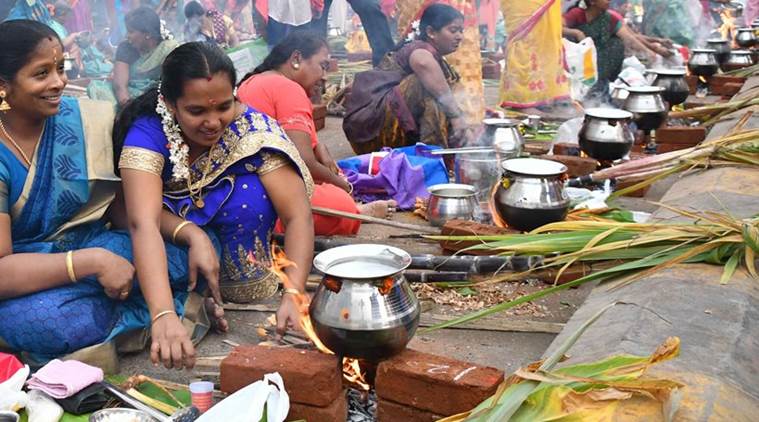There are a few individuals I consider my heroes and role models. Foremost among them is my grandfather. The very manner of his passing dealt a big blow to everyone in my family and left an everlasting impact on my life. His death forced me to understand the reality of time and come to terms with what is a natural aspect of life. From my struggles to my greatest triumphs, my grandfather remains an inspiration in everything I do. His legacy is the deeply cherished memories we shaerd in our time together.
I can say much of the same with regards to the works of Toriyama sensei, and in particular, the Dragon Ball franchise. I didn’t grow up with the franchise as many others did. In fact, it all started with Dragon Ball Z, the official sequel to the original Dragon Ball. I was in Singapore at the time, on a family trip with my parents and my sister. My parents were eager to take us out shopping and touring but I wasn’t having any of it.
No, I was too busy hooked onto the TV watching an incredibly buff guy, with crazy hair, falling off what looked like a gigantic snake supported by clouds, and into hell. Amazingly enough, he would pat off the damage from his fall as if it were nothing, and then proceed immediately to fly straight back up to the clouds willling himself to find a way back onto the path.
And that is all I would remember about this character for some time. My parents dragged me out of the room and took us out for the day. A few years later, I would reunite with this character again at my friend’s home while playing Dragon Ball Z: Budokai on his PlayStation 2 (incidentally, also my first PlayStation 2 game ever). I was hooked and would soon get fully immersed and acquainted with the world of Dragon Ball Z and its diverse array of characters.
The series’ protagonist Son Goku was (and remains) my favorite. Goku’s ability to overcome seemingly insurmountable challanges, his enduring willpower, his undying love for friends and family, as well as his healthy appetite and joyful approach to life (a major shonen trope these days, after all, Toriyama pioneered the modern shonen manga) made it look like he had it all. For a teenager like me who was experiencing racism and segregation at school, and with barely any friends to relate to, Goku was a hero. I wanted to be just like him. I wanted to be courageous enough to accept my weaknesses and strong enough to overcome them.
Now, looking back, I can proudly say I accomplished exactly that. From overcoming my personal inhibitions to putting 100% towards my goals, I am a confident individual happily pursuing my dreams. Most importantly, through Goku, I learned the lessson of humility and to acknoweldge those who have supported and encouraged me in my journey. A quick call out to Master Roshi, I have also done my best to work hard, eat well, and sleep well, too! (Though, it has been a little more difficult, recently, with a hyperactive toddler!)
It is funny what invisible strings connect us all. I still remember those days, lying on my bed, lost in my imagination, in scenarios where I’m saving the world or facing my demons, while imitating Goku’s signature Kamahameha. Those moments are now cherished memories. Berserk’s Kentaro Miura, Yugioh’s Kazuki Takahashi, and now, Dragon Ball’s Akira Toriyama. It truly feels like the end of an era. Toriyama sensei, you have left behind a monumental legacy. Dragon Ball was my initiation into the worlds you created. Thank you for everything you did to bring your characters to life and to share their stories, as well as yours, in what has been an inspirational journey.

